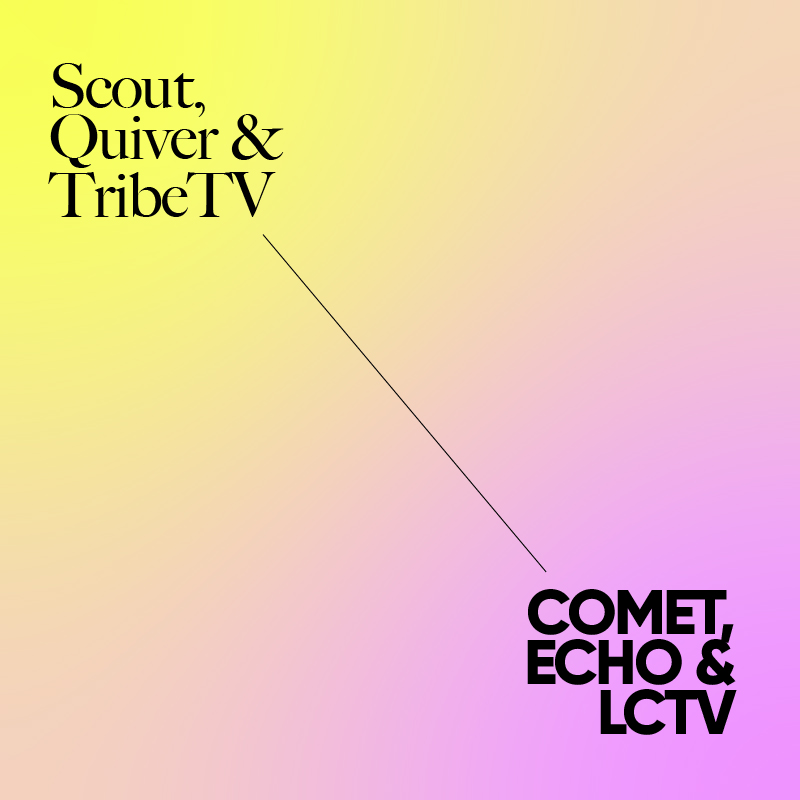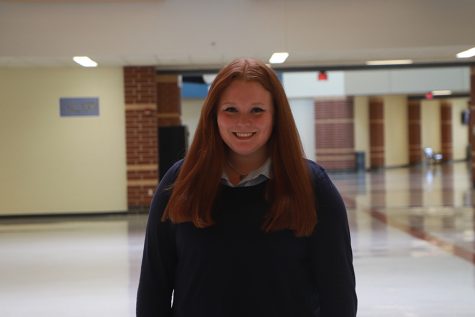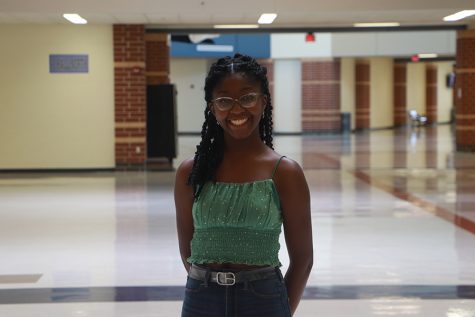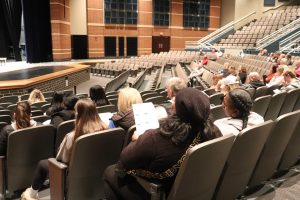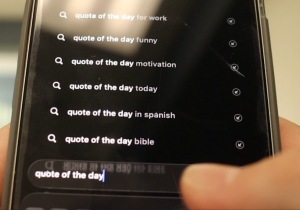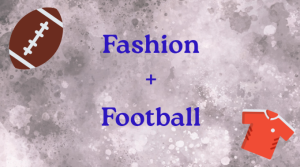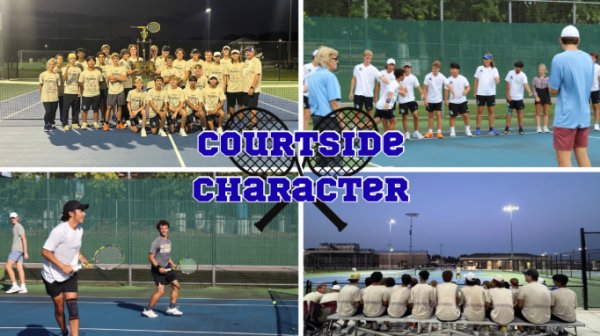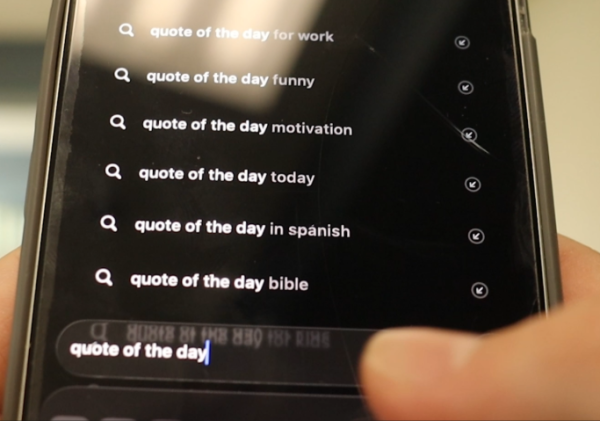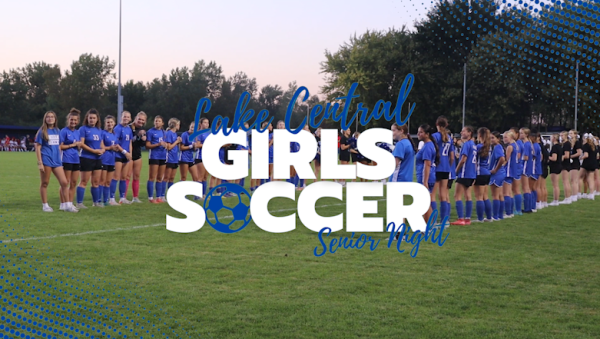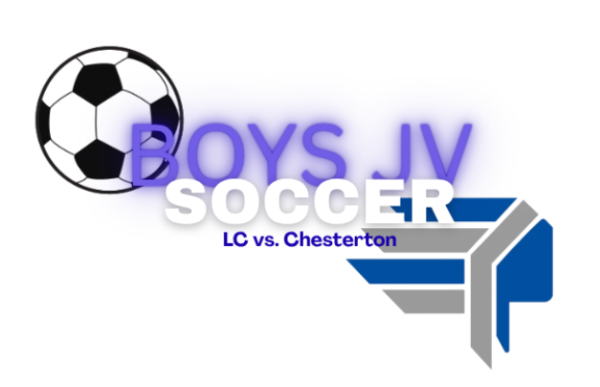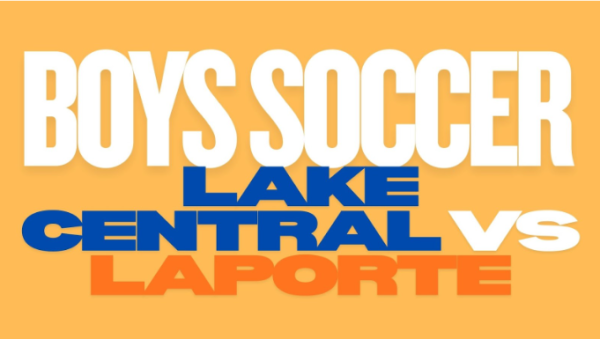The Start of a New Era
This year’s EICs decided to return to the original names of the publications: Comet & Echo, marking the beginning of a new period of understanding and betterment. To the students who have been disrespected through the misrepresentation of their culture in the high school environment, this is one step closer to the full removal of Native American imagery. Illustration by: Nitya Shah
June 22, 2020
On April 12, the Scout staff did a deep dive on the Indian mascot, what implications the mascot has in this current culture and what Native American students have to say about the issue. After hearing the voices of Native students, this year’s editors-in-chief realized the sensitivity surrounding Native American culture and collectively decided to change our publications’ names.
In 1966, when Dyer Central closed and Lake Central High School opened its doors, our then publications staff thought it would be fitting to change our names to reflect the school mascot. Scout, the name of our magazine, references a Native American who is skilled in tracking, and Quiver, the name of our yearbook, refers to the sheath that many Natives carried their arrows in.
Now, we live in a different time, where cultural insensitivity is not tolerated. Because both of these names are affiliated with Native culture and history, we have taken the step to return to the original names of our publications, Comet and Echo. Even our news broadcast is sometimes referred to as TribeTV, so we will keep the same energy and drop its nickname, only calling it by its original title, LCTV. These changes are an effort to take a small step towards rectifying the decades of misrepresentation many Native students have experienced being enrolled in a school where their culture is the mascot.
History surrounding the mascot dates back to the 1950s. Illustrations of the mascot can be spotted in Echo yearbooks from the 1930s. The picture of the Indian logo is so deeply-rooted in students’ heads that when the logo changed from the Indian head to the dreamcatcher, our publications’ social media accounts did not change. It quickly became a visual form of representing Native culture in order to honor our mascot that it became difficult to think otherwise. Students were groomed to think this was acceptable without being informed of the cultural sensitivity surrounding this mindset and behavior.
The Indian has become a symbol of pride, bravery and strength throughout many high schools across the country and has even heavily influenced the branding of professional sports teams such as the Cleveland Indians and the Atlanta Braves. However, as time progresses, people are becoming more and more aware of the flaws and flat out disrespect in how we go about portraying Native American culture.
It may seem like a small change to some, but to us, the 2021 Editorial Board for Publications, we feel it is a necessary step towards awareness, reflection and ultimately, change. The name change is also an attempt to normalize removing Native imagery in other forms, whether that be within our school, or surrounding communities. Native American students are already underrepresented in mass media; this imperative modification demonstrates that we hear their voice — and it may even lead to greater awareness on the issue as a whole.
After researching the history behind the misrepresentation of Native culture in our school mascot, we have decided that we need to take a step toward progress. It is more important than ever for minority students to be heard, especially during a time when more and more individuals are speaking out against racial injustice. As the new EICs moving forward with this decision, we ask our fellow peers, teachers and community to self-educate on the weight of this issue. This discussion is important. It is necessary. And it is far overdue.



